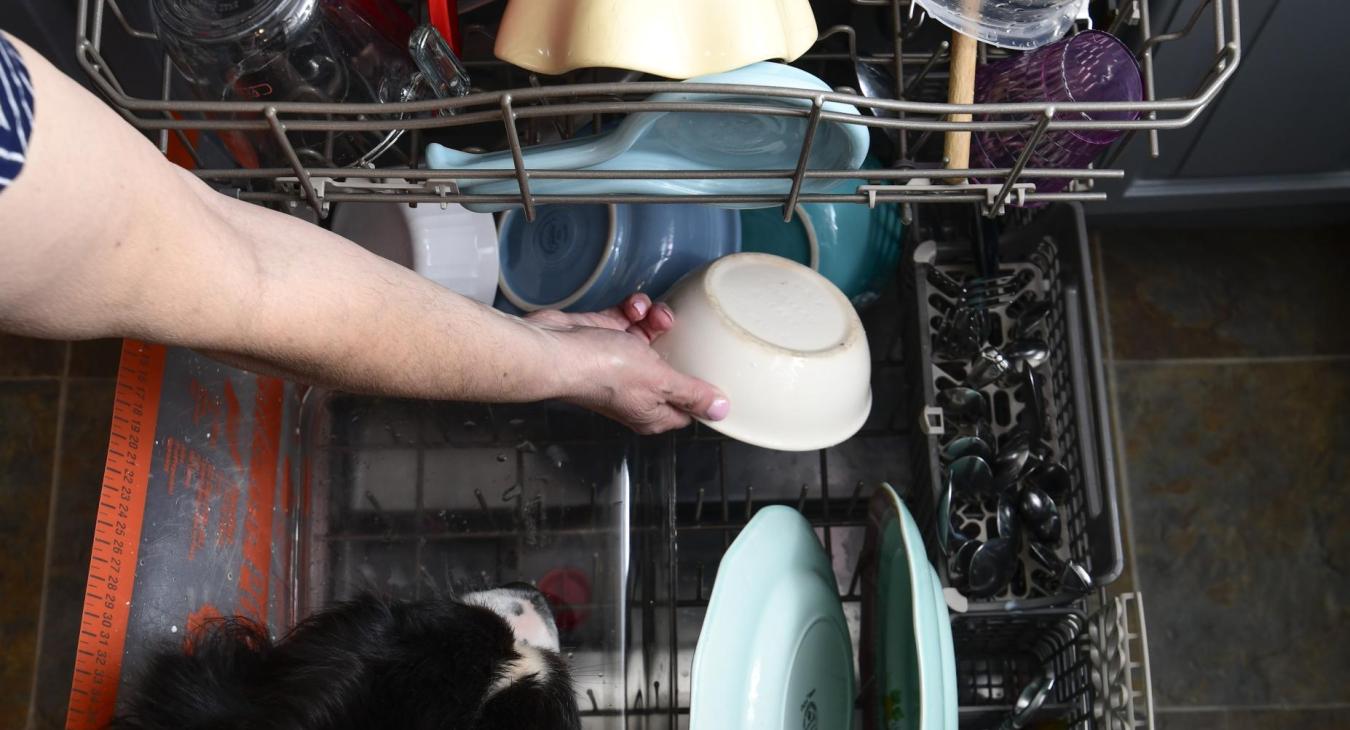By Miranda Boutelle
When your local electric utility talks about “beat the peak,” it is a call to action for energy consumers to reduce electricity use during periods of highest demand. Using less energy during peak times can ease the strain on the electric grid, benefit your electric utility and sometimes lower your electric bill.
Electricity generation and energy supply must match consumption in real time to ensure safe, reliable power. Every moment of every day, an entire workforce monitors energy use, adjusting power plant production up or down as needed to keep the grid balanced.
As energy demand grows, all of us can do our part to use less. To put this in perspective, peak electricity demand is expected to increase by 38 gigawatts over the next four years, according to the Energy Information Administration. That’s like adding another California to our nation’s power grid.
Peak time varies for each electric utility but typically occurs in the morning when people get ready for the day and in the evening when they return home from work and school. During these times, we turn on lights, cook, adjust the thermostat, run the dishwasher and do laundry—to name just a few energy-consuming activities.
Typically, the price of power increases when demand is higher. Reducing your electric use during peak times can help lower market prices for everyone and lessen stress on the electric grid.
Public power districts and electric cooperatives set electric rates to cover costs. Some utilities have time-of-use rates that reflect higher costs during peak demand periods. Whether you have time-of-use rates or not, these tips can help keep costs down for your utility and establish off-peak energy habits.
As a general rule, I try to spread out my use of equipment and appliances. For example, I avoid washing dishes and clothes, and cooking all at the same time. Running a lot of hot water will cause your water heater to use more energy, too.
Increasing the energy efficiency of your home can lower its impact on the grid. Weatherize windows and doors and add insulation to improve the comfort of your home. You can also consider upgrading to energy efficient appliances or using energy-saving features on your existing appliances.
If you haven’t already, switch your incandescent lighting to LEDs, which use at least 75% less electricity and last up to 25 times longer, according to the U.S. Department of Energy. There are many affordable options on the market.
Schedule your dishwasher run time. My dishwasher, which is several years old, has a “delay start” button. This is also handy if your dishwasher is loud. Setting it to start after you go to bed shifts that energy consumption to off-peak hours, and you don’t have to hear it.
Running your washing machine and dryer during off-peak hours can help, too. If you’re in the market for a new washer or dryer, look for a model with a high Integrated Modified Energy Factor and a low Integrated Water Factor to save water and energy.
Also, consider switching your charging habits for all devices to off-peak hours. If you have an electric vehicle, use the scheduled charge settings. You’ll plug in your vehicle when you get home, and it will start charging automatically during the off-peak hours you choose.
Small changes at home can make a big difference to the energy grid. Incorporate these energy-wise habits into your daily routine.

